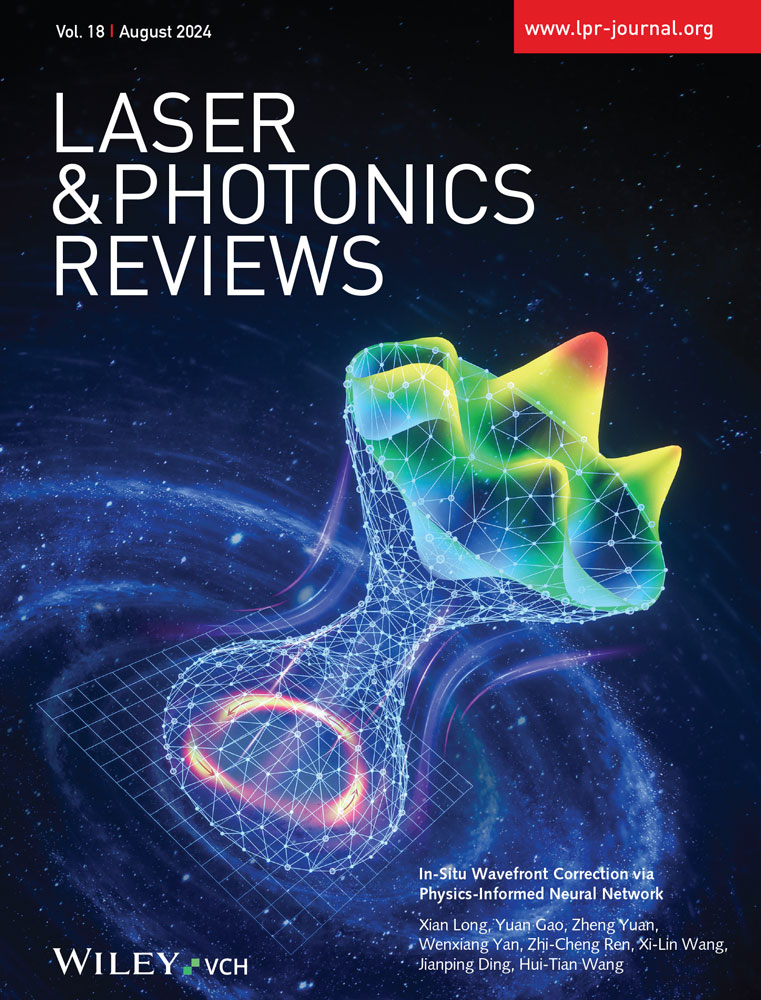On-Chip Multimode WGM Microresonator with Cross-Correlation Algorithm for Enhanced Sensing
Abstract
Optical whispering-gallery-mode (WGM) microresonators emerge as a frontrunner for precision measurement due to their high sensitivity and compact footprint. They have demonstrated superior capabilities in detecting a wide range of objects, spanning from variations in temperature, humidity, and magnetic field, to local perturbations caused by viruses or nanoparticles. Traditional methods often rely on monitoring spectral changes in a single WGM resonance to extract the relevant information of sensing targets. However, in scenarios involving multiple sensing targets of interest (e.g., molecule detection in a temperature-fluctuating environment), analyzing only one resonant mode may be insufficient, leading to inaccuracies or misinterpretations in deriving target information. To address this issue, a multimode-based cross-correlation algorithm is proposed to distinguish local perturbations from global environmental fluctuations. For validation, on-chip silicon microresonators and pulley bus waveguides are integrated for robust multimode excitation. A proof-of-concept experiment demonstrates the effectiveness of this method in detecting nanoparticles in an environment with temperature changes. This approach showcases versatility and applicability in various optical sensors, introducing new prospects for achieving high-sensitivity sensing through scalable integrated photonic platforms.
Conflict of Interest
The authors declare no conflict of interest.
Open Research
Data Availability Statement
The data that support the findings of this study are available from the corresponding author upon reasonable request.




